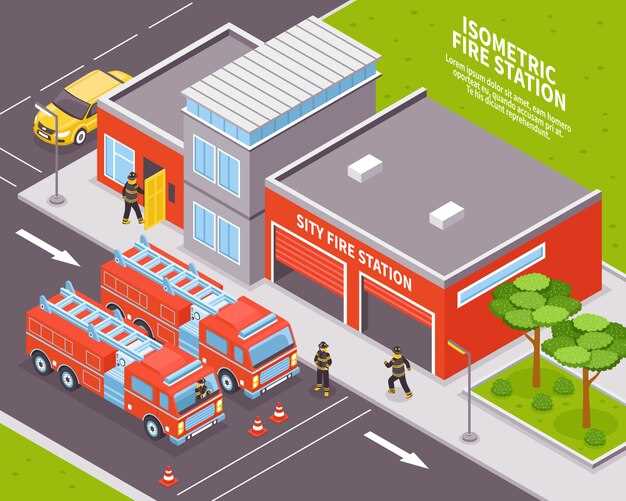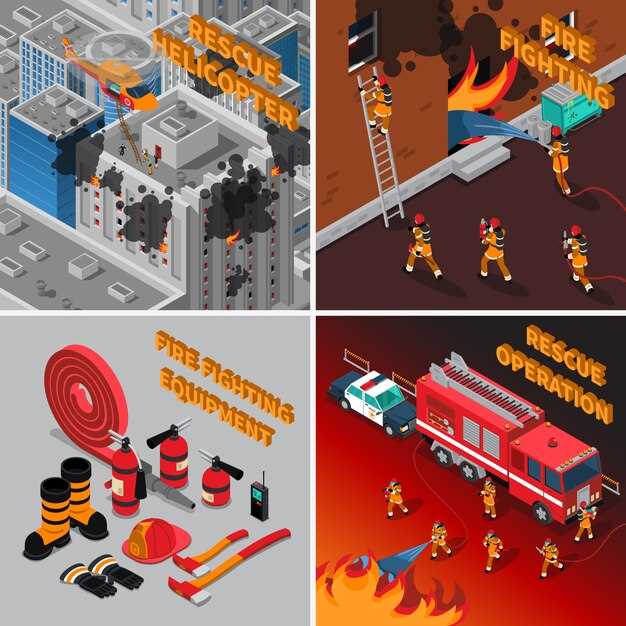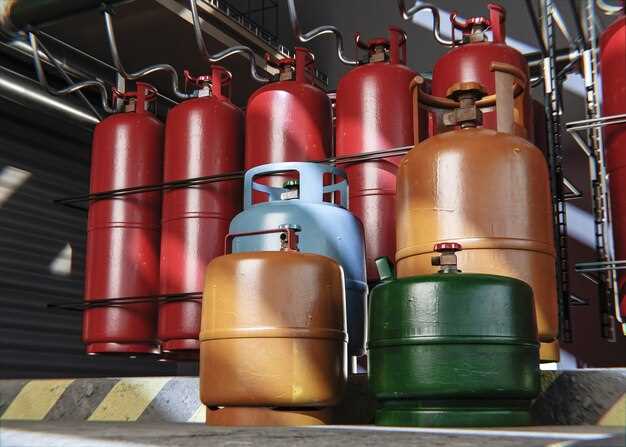
In the high-stakes world of motorsport, safety is paramount. Among various safety measures, the implementation of fire suppression systems stands out as a critical component. These systems are designed to extinguish fires that may arise due to crashes or mechanical failures, and their ability to provide timely intervention can mean the difference between life and death for drivers. As racing becomes increasingly competitive, the question arises: are fire suppression systems for race cars worth the cost?
Fire incidents in racing can occur unexpectedly, and the consequences can be catastrophic. The potential for injury or loss of life fuels the debate on whether the investment in a fire suppression system is justified. When considering factors such as vehicle value, racing conditions, and potential risks, a thorough analysis is needed. Fire safety systems not only provide peace of mind but also enhance a driver’s confidence, potentially improving performance on the track.
Moreover, the costs associated with fire suppression systems should be balanced against the potential financial and emotional toll of fire-related accidents. Evaluating the technology available in these systems, their effectiveness in real-world scenarios, and the experiences of teams who have opted for their installation can guide decision-making. Ultimately, the investment in fire safety systems might not just be about meeting regulations; it can be a decisive factor in safeguarding lives and ensuring the longevity of both the car and the sport.
Analyzing the Financial Investment in Fire Suppression Systems

The cost of fire suppression systems for race cars is a crucial consideration for teams and individual racers. These systems are explicitly designed to protect drivers and vehicles from the potentially catastrophic consequences of fire, which can arise due to engine failure, fuel leaks, or accidents on the track. When evaluating this financial investment, assessing both the immediate and long-term benefits is essential.
Initially, the purchase price of a fire suppression system can seem daunting, particularly for teams operating on tight budgets. However, the potential cost of not having such a system in place can far exceed the initial investment. A fire can lead to extensive damage to the vehicle, resulting in significant repair costs and lost revenue from racing events. Moreover, the safety of the driver is paramount; investing in a fire suppression system is an investment in their well-being and peace of mind.
Furthermore, some racing organizations require fire suppression systems as part of their regulations. Teams that neglect this requirement may face penalties, including fines or disqualification from events, which can affect their overall financial standing. Implementing a compliant fire suppression system ensures that teams can participate fully in competitions without jeopardizing their financial and competitive positions.
In addition to direct costs, there are indirect financial benefits to consider. A fire suppression system can enhance the value of a race car, making it more appealing to potential buyers or sponsors. Cars equipped with comprehensive safety features tend to attract greater interest in the competitive market. Thus, the initial outlay can yield returns if the car needs to be sold or if the team seeks sponsorship deals focused on safety.
Ultimately, while the upfront costs of fire suppression systems may be significant, the investment can prove invaluable. By analyzing the financial implications, teams can better understand the risks avoided and the potential liabilities mitigated. Prioritizing safety not only protects drivers but also ensures the longevity and success of the racing team on the track.
Examining the Impact of Fire Safety Equipment on Driver Survival Rates
The implementation of fire safety equipment in race cars significantly enhances driver protection and survival rates in the event of a fire incident. These specialized systems are designed to quickly suppress flames and protect the driver from severe injuries during high-stakes competitions on the track.
Research indicates that race cars equipped with advanced fire suppression systems experience a marked decrease in the likelihood of fatal outcomes for drivers involved in fire-related crashes. The rapid deployment of fire extinguishing agents can contain a potential fire before it escalates, allowing drivers to escape their vehicles safely. This is critical, as every second counts in emergency situations on the track.
Moreover, the presence of safety systems sends a reassuring message to drivers, encouraging them to perform at their best without the constant fear of catastrophic fire hazards. Knowing that advanced fire suppression technology is integrated into their vehicles can enhance driver confidence, leading to improved focus and performance. This psychological aspect cannot be underestimated, as mental preparedness plays a significant role in survival during emergencies.
Additionally, ongoing developments in fire safety technology continue to improve the effectiveness of these systems. Innovations such as automatic activation mechanisms and more efficient extinguishing agents are redefining standards in motorsport safety. As these fire suppression systems evolve, their reliability and impact on overall driver safety will only increase, making them an essential investment in the protection of those who dare to race.
Comparing Fire System Regulations Across Different Racing Organizations

When it comes to ensuring safety on the track, fire suppression systems are a critical component mandated by various racing organizations. The regulations surrounding these systems can vastly differ, influencing the level of protection afforded to drivers.
FIA (Fédération Internationale de l’Automobile) sets stringent standards for fire systems in Formula 1, WEC, and other sanctioned events. Their regulations require advanced fire suppression systems that must be installed in all race cars, with specific guidelines on the types of extinguishants used and the placement of nozzles within the vehicle. These systems are designed to respond quickly to a fire outbreak, minimizing potential damage to both the driver and the car.
NASCAR, on the other hand, has its own set of requirements. The governing body mandates that all cars carry fire extinguishers and have a fire suppression system that can effectively combat fuel fires. The specific configuration can vary, but the emphasis remains on driver safety during incidents. NASCAR also ensures that every team adheres to testing protocols to guarantee system functionality before the season starts.
In contrast, IndyCar regulations take a slightly different approach. Supported by continuous research, the series imposes comprehensive fire safety standards and requires that all competitor vehicles be equipped with sophisticated fire systems designed to douse flames almost instantaneously. The emphasis is on proactive measures, and teams often conduct compulsory safety drills focused on fire response.
Beyond these major organizations, local racing leagues or emerging series may have less rigorous regulations, often leaving it up to teams and drivers to implement fire systems based on their own discretion. This inconsistency raises concerns about driver safety, leading many to advocate for standardized regulations across all levels of racing.
In conclusion, while fire suppression systems are generally recognized as essential for driver safety, the lack of uniformity in regulations across different racing organizations prompts a need for a unified approach. Ensuring that all competitive environments prioritize effective fire systems can significantly enhance safety standards on the track.
